Planning Permission to Demolish and Rebuild: What to Know
Understanding the rules around securing planning permission to demolish and rebuild is essential to make sure you don't waste money on a plot you can't develop
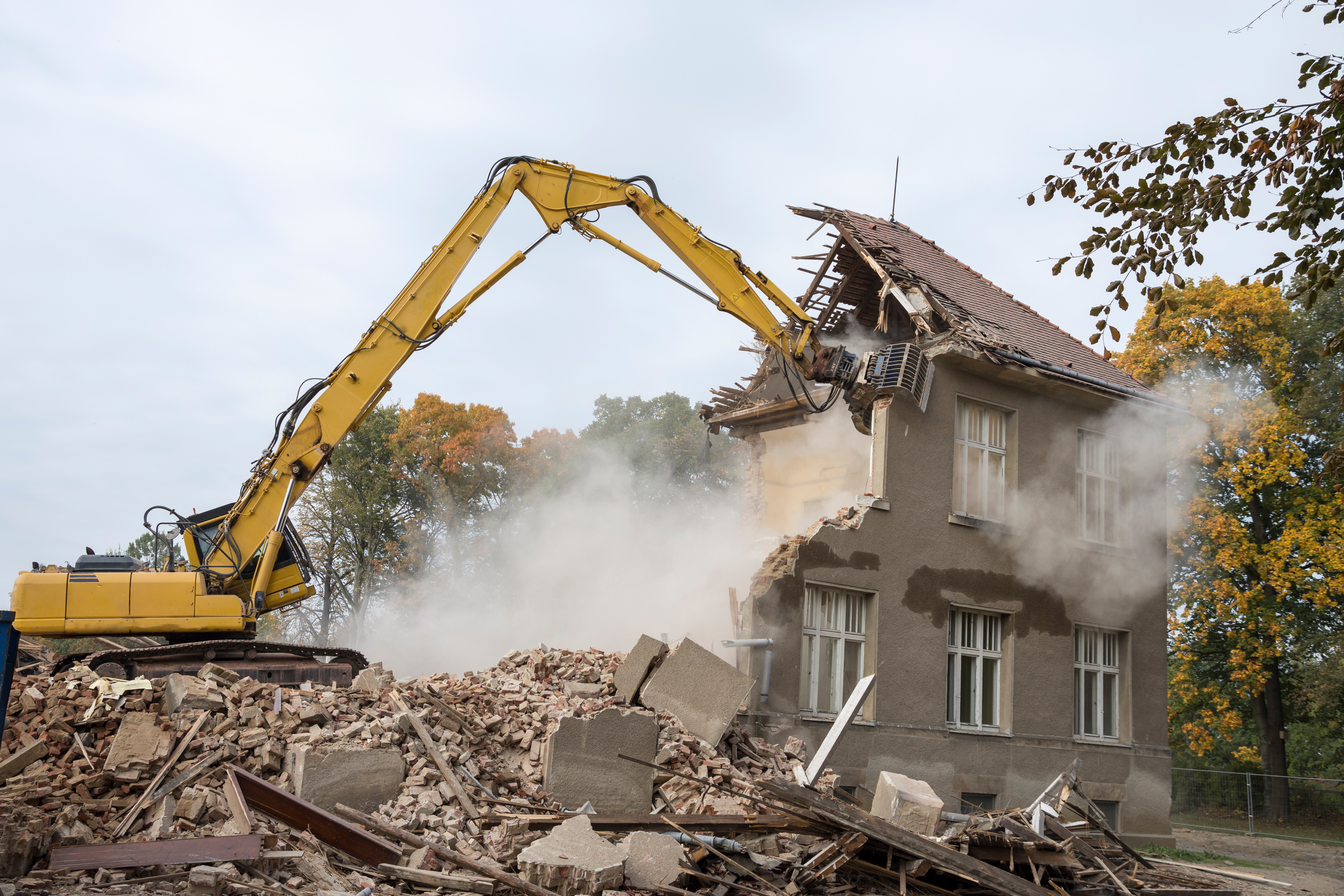
It is counterintuitive, and sometimes hard to believe, but building a house from scratch is usually much cheaper than substantially refurbishing and extending an old one.
Another benefit of redeveloping a site and replacing a dwelling is that you may be able to claim exemption from the Community Infrastructure Levy – a tax charged per square metre of new development. If you qualify for self build exemption, it is vitally important that this is formally agreed and confirmed by the council in writing, and that they are formally notified prior to any commencement of development on the site.
Here’s everything you need to know about planning permission to demolish and rebuild.
Do I Need Planning Permission to Demolish a House?
Planning permission is not normally required for demolition work, as it is classed as Permitted Development (PD).
However, PD rights can be removed or restricted, in whole or in part, by the local authority using an Article 4 Direction (often used on listed buildings or in Conservation Areas) or an Article 3 Restriction (added as a condition of a planning approval for other works). In these instances, planning permission is required.
You’ll also need specific permission if the building is listed, or in a Conservation Area.
Whatever you do, don’t demolish the old property before you’ve secured permission for its replacement. The presence of the existing dwelling defines the principle of residential development and so it is critical that demolition doesn’t take place until permission for the replacement has been secured.
Bring your dream home to life with expert advice, how to guides and design inspiration. Sign up for our newsletter and get two free tickets to a Homebuilding & Renovating Show near you.
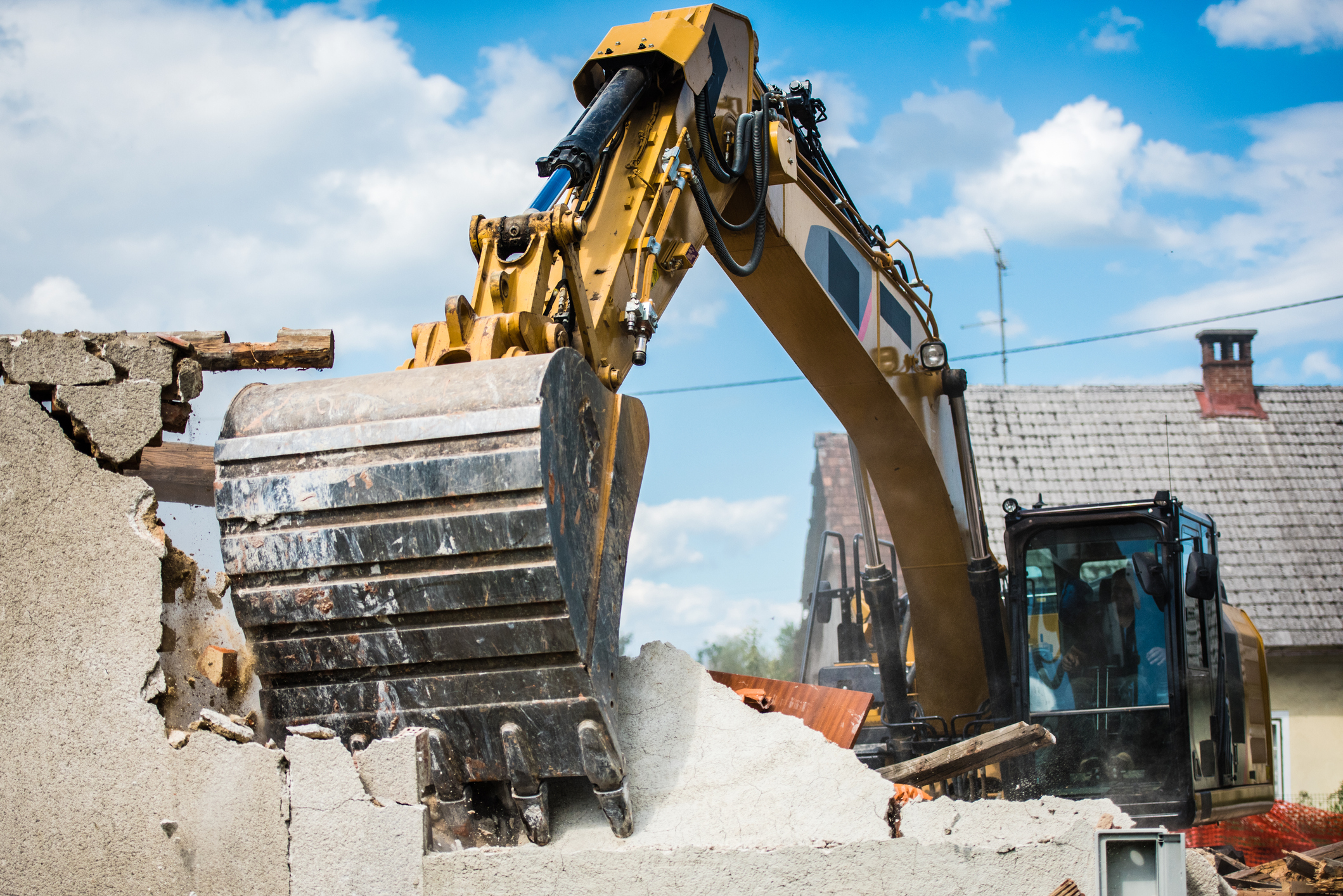
Do I Need Planning Permission for a Replacement Dwelling?
All replacement projects are subject to scrutiny by the local planning authority (LPA) and planning policy will affect your development plans. The good news is that when replacing an existing home, the principal of residential development is already established and therefore details such as design, scale, siting and access will just need to be considered.
Increasing the size of the replacement property will improve financial viability but will be governed by strict policy guidelines. Typically, most LPAs will allow a replacement dwelling to be up to 30% larger than the existing house, but some will take a more pragmatic approach and consider a wider perspective of the proposed design and the local context.
(MORE: Secrets to Planning Success)
Securing Planning Permission to Demolish and Rebuild Can be a Practical Way to Find a Plot
Our restrictive planning system means that, for most people, getting planning permission to demolish and rebuild is usually the most achievable and practical way of getting hold of a building plot. The classic example is a bungalow with a large garden that can be replaced with a substantially bigger house, or perhaps more than one.
As the supply of unimproved 1930s bungalows runs low, people are increasingly buying all kinds of relatively poor quality houses to demolish and replace with new ones – particularly in super desirable urban locations, and in the open countryside.
A key point is that if you buy an existing property you have certainty; there is already a dwelling and planning policies usually accept the principle that you can replace one dwelling with another.
But it pays to be cautious as there are several possible pitfalls which could be monumentally expensive or prevent you from building a new house.
Buying a Property to Demolish
Firstly, you must establish whether you can demolish the existing building, so avoid Listed Buildings like the plague, and be very careful in Conservation Areas.
You need Conservation Area consent to demolish any building in these areas that was built before 1947, and councils can have very strange ideas about what constitutes a heritage building.
It means that unless you’re looking at an obviously post-war house or bungalow in a Conservation Area, try and buy it only subject to obtaining permission for demolition and replacement.
(MORE: Designated Areas)
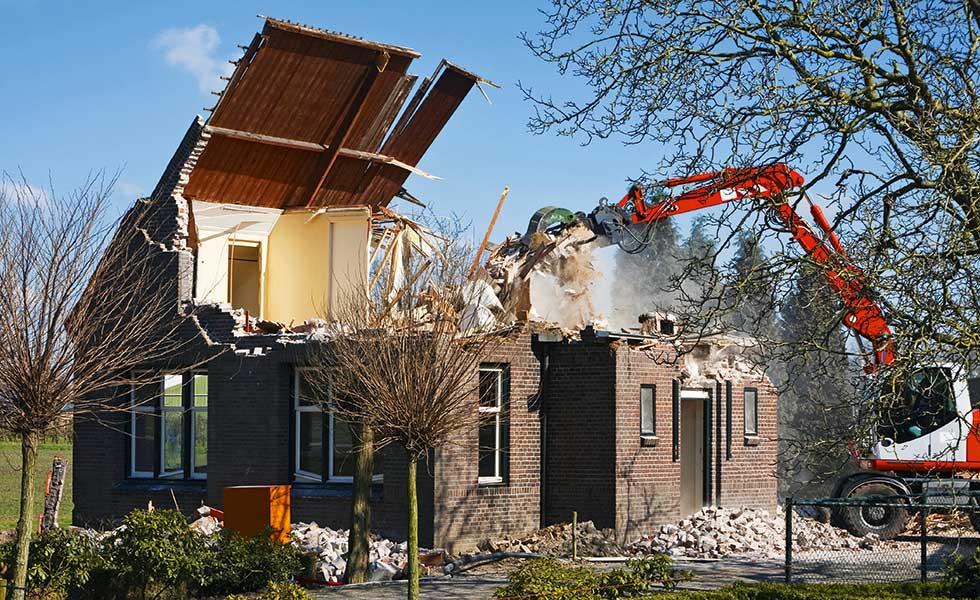
Is There Potential to Develop?
There is also the wider problem of buildings which may be old, but neither listed nor in a conservation area, but that the council considered to be an ‘undesignated heritage asset’. In other words, they may like it because it’s old. In which case, they may refuse to grant permission for a replacement dwelling, even though they don’t have the power to prevent you from demolishing the one that is already there, which equals uncertainty, expense and probably a planning appeal.
If you find a post-war house or bungalow that you want to demolish and replace, be sure that it’s not so uninhabitable that it could be deemed to be abandoned. There is the danger that the Council might dispute that it constitutes a dwelling capable of being replaced. So you need to be sure that the building you buy is either in a location where new houses are acceptable in principle, or that it does actually qualify as a dwelling.
You should investigate whether there is any planning history and request proof of council tax payments et cetera from the owner to make sure you know what you are buying. If in doubt, you can apply for a Certificate of Lawfulness from the Council to establish that what you are dealing with is a dwelling house.
Assuming it is, then the most important question must be what you can replace it with? The answer is almost certainly based on where it is. Most planning authorities have planning policies in their Local Plan specifying limits on the size of replacement dwellings in the countryside. They can be quite generous, or very vague, and in the greenbelt they can be draconian. You need to check them out.
Can I Get Planning Permission to Demolish and Replace in Greenbelt Areas?
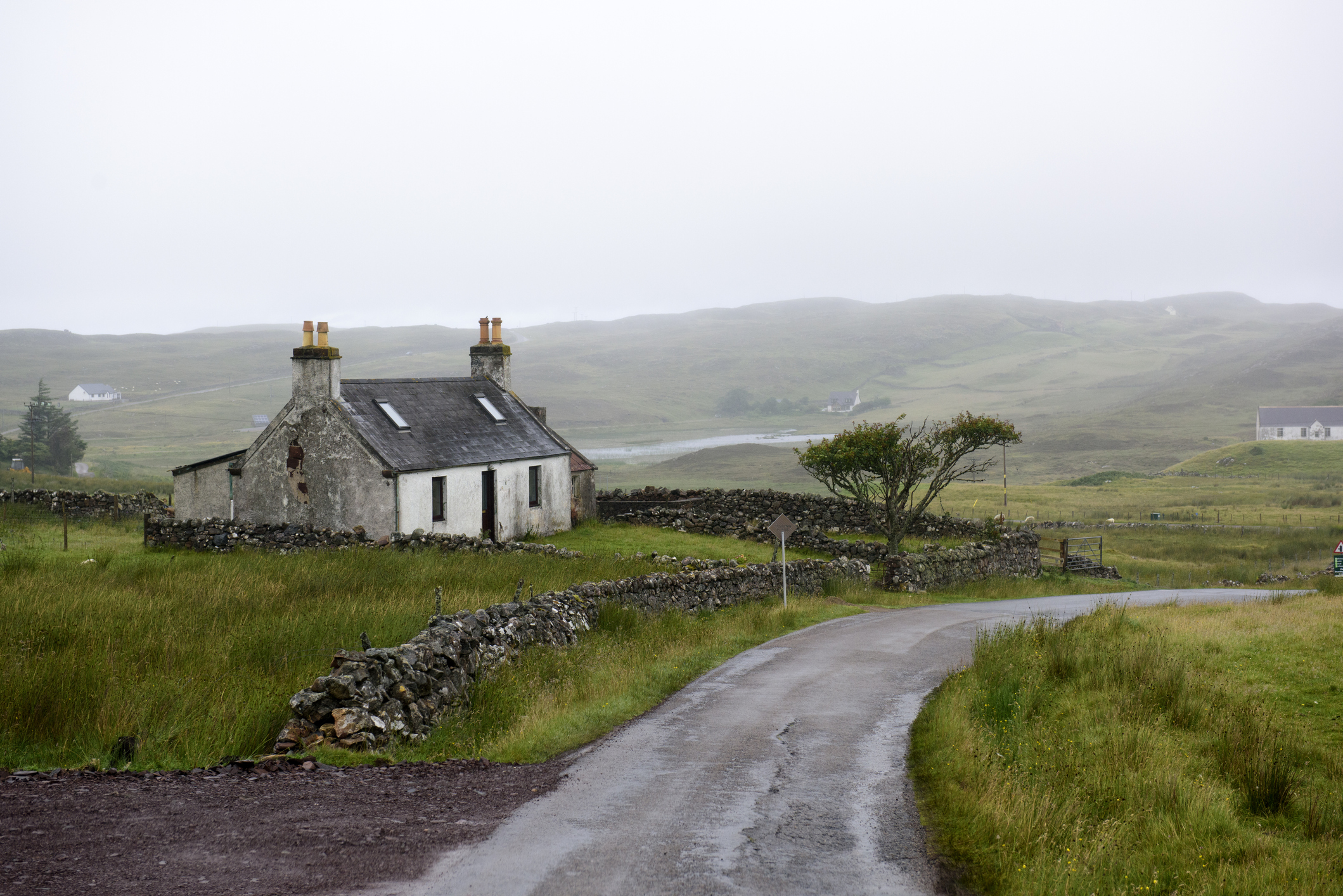
If you find a dwelling for sale in the open countryside of the greenbelt, perhaps something quite small but with a large garden at a surprisingly good price, be very suspicious.
Greenbelt planning policy is usually that any replacement dwelling should not be materially larger than the existing one. And that means what it says – councils will argue about one or two additional square metres. I’ve even known councils that oppose basements within the greenbelt, that are entirely invisible, but they consider it to be additional development and therefore in principle unacceptable.
On the plus side, if a greenbelt site contains a large dwelling, perhaps with existing outbuildings then you have an amount of volume you should be able to trade in as part of the redevelopment. Local plan policies will refer to volume or footprint or square metres in terms of size, or it may be left open.
Remember that in the greenbelt you’re comparing what exists with what you want, and you may struggle to achieve an increase of more than 20 or 30% in size.
(MORE: Building a New House in the Countryside)
Factors to Consider
If this all sounds rather negative, it is because you need to be careful, but there are endless examples of superb replacement dwellings that do achieve everything their owners want.
What to Keep in Mind
- In most locations, there are few specific limits on the size of replacement dwellings
- You need to think about avoiding overlooking neighbouring houses, especially possible direct impact in terms of overshadowing
- Issues like flooding, drainage, ground conditions and access are also important.
If you get it right, then you can transform an inauspicious and unattractive plot into something truly worth having.
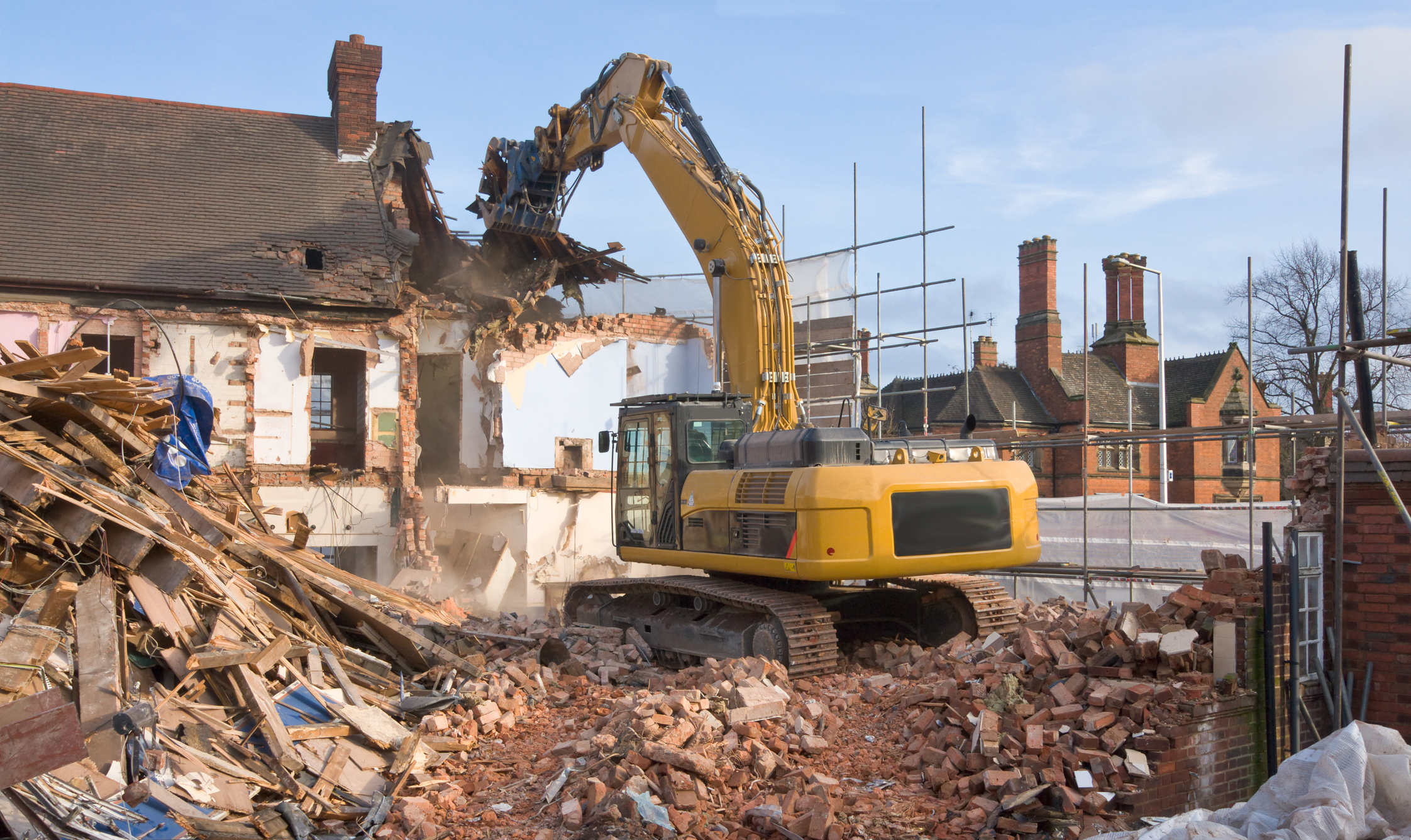
Give Access Careful Consideration
When it comes to access, it’s crucially important that the plot you buy has an access which is safe with good visibility.
This is because if you replace a dwelling with something larger and the access is a substandard, the council may refuse your proposal because it will theoretically intensify the use of a dangerous access.
This means your scheme might be wholly acceptable in planning terms but, because you can’t demonstrate a safe and satisfactory junction with the main road, the council will refuse a larger dwelling that could give rise to more vehicle movements.
Try Not to Dwell on What's Already There
It’s important to remember that the existing old house or bungalow on a site is unlikely to be the largest or best design that is possible.
With imagination you can maximise the development potential of a plot, provided you can avoid being over influenced by what is already on it. This may include plots that already have planning permission for a new replacement.
Very often permissions are achieved just to establish the principle and they may not take full advantage of the site. Without the future occupier being involved, commercial planning applications will rarely take full advantage of the unique aspects or attractive features of a site.
The key message here is don’t be afraid of getting rid of the existing substandard house and building one that will really suit you in its place.
Ken, a former planning officer, is an experienced planning consultant with over three decades of experience helping self builders, renovators and developers achieving planning permission. He set up his own consultancy, Dijksman Planning LLP, in 2005. He is also the author of The Planning Game, How to Play the System and Win Planning Consent: An Insider's Guide to Planning Permission for Newbuilds and Extensions.

